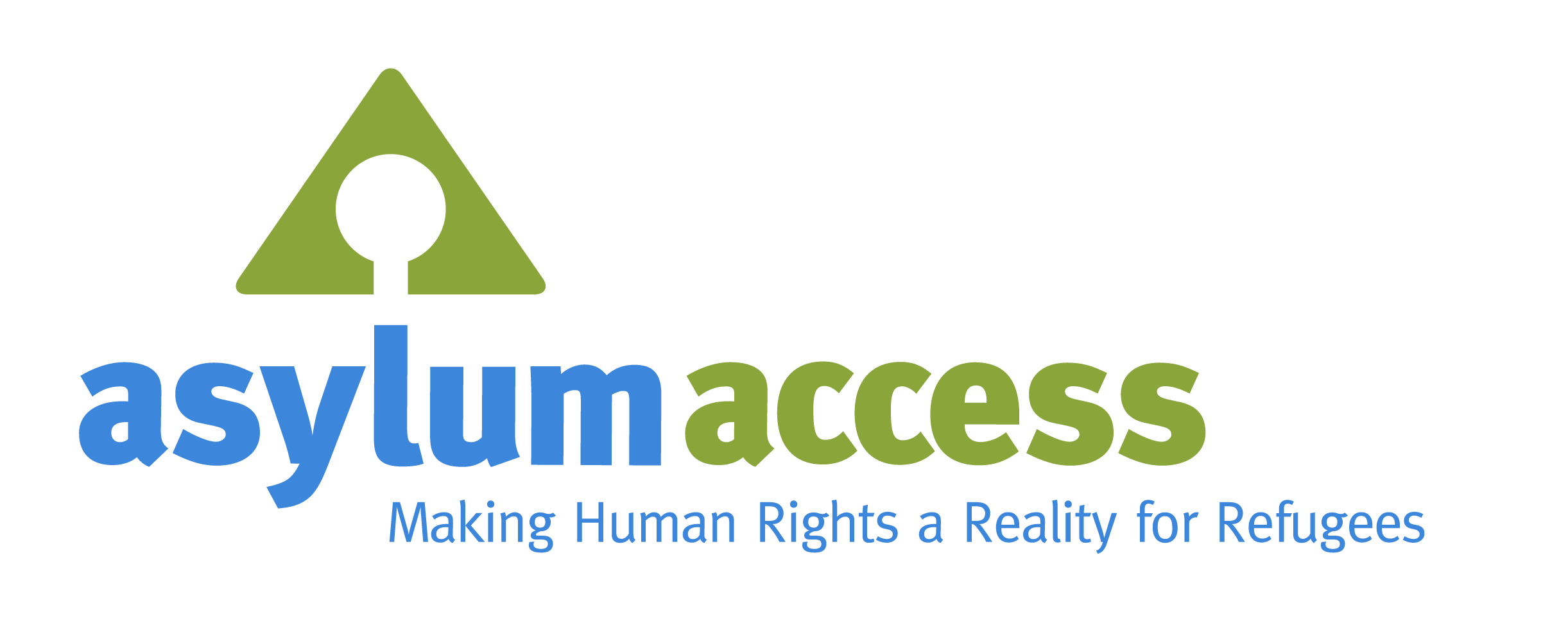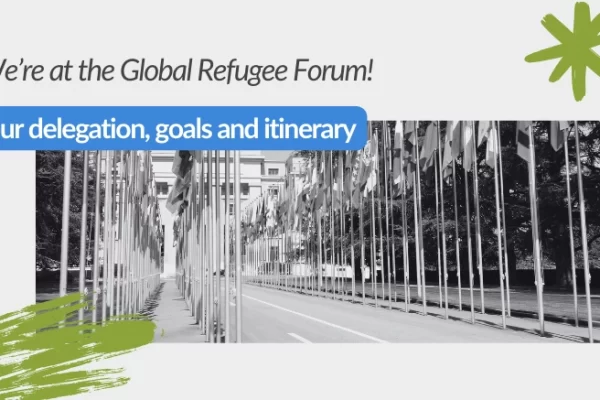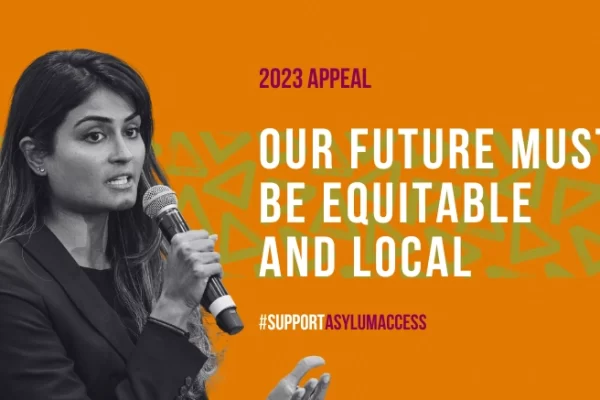Let Refugees Be Their Own Solution
I met Heba (not her real name) and a few other Syrian refugee women in Mafraq, Jordan, in January 2015. They were supposed to be in the Zaatari refugee camp six miles to the east, but had escaped.
“We thought it would at least have roads!” Heba said about Zaatari. But upon arrival she found a dusty desert plain with temporary buildings made of metal or plastic that couldn’t stop the blowing sand. Heba had left behind an urban, middle-class lifestyle in Demascus; Heba’s husband was a lawyer. They spoke of hills and courtyards where fountains and plants created lush havens from the bustling life outside.
Today, refugee camps have become emblematic of a global refugee response system that is widely acknowledged to be overwhelmed. More than 22 million people have been forced to flee their countries to become refugees, according to the UN Refugee Agency (UNHCR). The average duration of a protracted refugee situation—defined as at least 5,000 people displaced for at least 5 years without a permanent home—is now 26 years. Refugees in camps may live for decades or generations behind barbed wire, often sharing communal bathrooms or kitchens and indefinitely dependent on aid. Our systems for temporary assistance have become warehouses, in effect, where refugees are kept in perpetual limbo.





